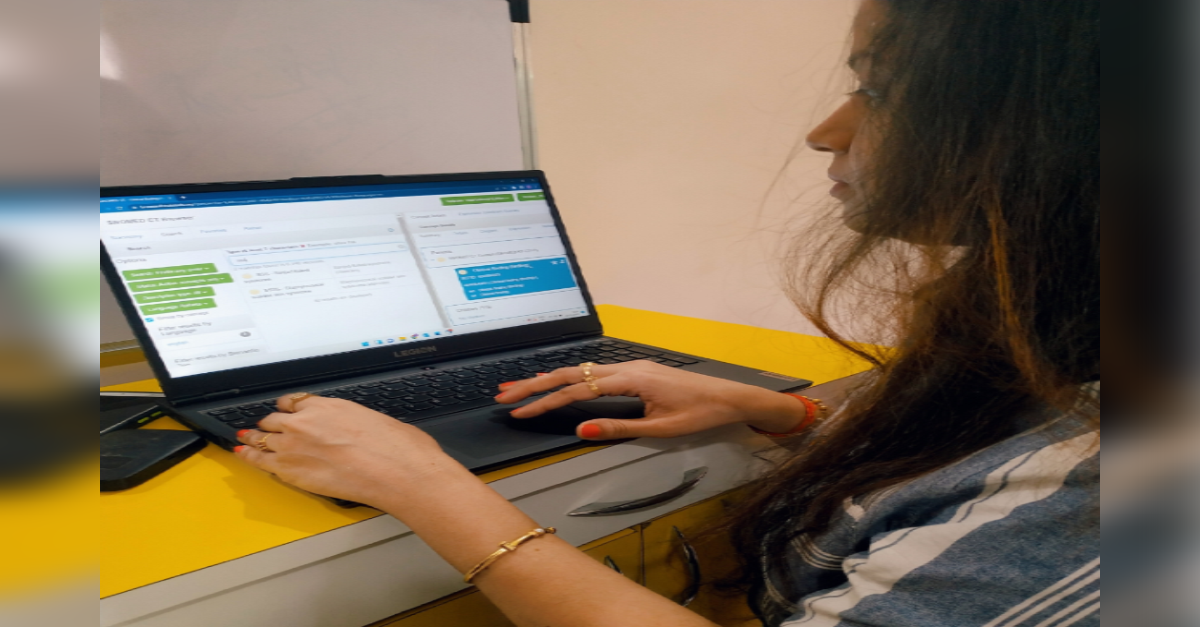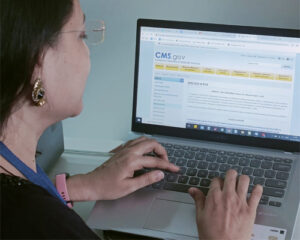
Communication between healthcare providers and payers (insurers, corporates, Governments etc) is always fraught with challenges. To make it a seamless process and avoid mis-interpretations, various different medical coding(s) have been devised.
Medical coding is converting healthcare diagnosis, procedures performed, medical services dispensed, clinical terms and equipment used (consumables or others) etc into universal numerical/ alphanumeric codes.
Various commonly used medical codes are:
…just to name a few
In developed economies medical coding is the critical element of a revenue cycle. A claim is outright rejected if the code applied is not the right one. Doctors in those countries either attend courses to learn proper coding or use agencies to file claims on their behalf. Medical code thus drive communication between providers and payers. Additionally, analysis of codes utilised in claims towards diseases/ procedures helps insurers fine tune their future underwriting guidelines, pricing and create benchmarks for future claim pay-outs. It also helps them identify outliers when providers attempt upcoding (when a provider submits codes for more severe diagnoses and / or expensive procedures than the actually diagnosis or procedure performed).
Not so in India, most providers do not use codes. A review done by INCHES team, few years ago revealed that a large percentage of ICD codes used in India – fell under the umbrella of ‘not otherwise specified’ or ‘NOS’ option indicating the documentation does not provide enough information to assign a more specific code.
Let’s look deeply into each:
Not Otherwise Specified (NOS) is a subcategory in the ICD. It is generally used to note the presence of an illness where the symptoms presented were sufficient to make a general diagnosis, but where a specific diagnosis was not made.
While WHO manages and publishes the base version of the ICD, several member states modify it to better suit their needs. In the base classification of ICD-10, the code set allows for more than 14,000 different codes and permits the tracking of many new diagnoses compared to the preceding ICD-9. ICD-10 allows for specificity regarding the cause, manifestation, location, severity, and type of injury or disease.
In the aftermath of Covid pandemic, ICD-10 allotted

ICD-10 PCS: ICD-10-PCS is a procedure classification published by the United States for classifying procedures performed in hospital inpatient health care settings.It is a medical classification coding system for procedural codes. It supports support data collection, payment and electronic health records. ICD-10-PCS codes are alphanumeric and seven characters long. Proper procedure coding involves using ICD-10-PCS to choose the codes for procedures based on documentation in a patient’s medical record and assigning those codes on claims. When providers report procedure codes on claims, in general, the codes are used to decide coverage, not the amount.
For a valid claim, they must be coded correctly. To make sure claims are coded correctly, current, valid procedure codes have to used and they should be coded to the highest level of specificity available. Diseases and disorders not included in ICD-PCS codes. When health care providers perform procedures for specific ailments, they aren’t included in the procedure code. For example, no codes exist for procedures exclusive to aneurysms, cleft lip, strictures, neoplasms, or hernias. ICD codes specify the reason the procedure is done.
Of the seven alphanumeric codes, each character is either alpha or numeric (numbers 0-9 and letters A-H, J-N, P-Z). I & O are not used to avoid confusion with One & Zero. Decimal is NOT used in ICD-PCS. Alpha characters aren’t case sensitive. Creating ICD-10 PCS codes is much more complex that selecting ICD codes for disorders.
Example: ICD-10-PCS Procedure Code for Transfusion of Nonautologous Platelets into Peripheral Vein, Percutaneous Approach is 30233R1 and the one for Drainage of Intracranial Subdural Space with Drainage Device, Percutaneous Endoscopic Approach. ICD-10-PCS 009440Z.

CPT codes: Current Procedural Terminology, more commonly known as CPT®, refers to a set of medical codes created by American Medical Association (AMA) and used by physicians, paramedics, hospitals, outpatient facilities and laboratories to describe the procedures and services they perform. Each CPT® code represents a written description of a procedure or service, eliminating the subjective interpretation of precisely what was provided to the patient. A CPT code is a five-digit numeric code. It has no decimal marks. Some have four numbers and one letter. There are several categories of CPT codes, including:
CPT codes are used in over 40 countries besides United States of America. CPT codes, like ICD-PCS, are used to determine coverage and not the amount. Amount payable is as per tariff pre-determined between insurer and provider.
SNOMED: SNOMED CT (Clinical Terms) is an acronym of Systemized Nomenclature of Medicine – Clinical Terms. SNOMED and SNOMED CT® are registered trademarks of SNOMED International.
It is a standardized, international, multilingual, core set of clinical healthcare terminology that is ideal to be used in electronic health records (EHRs). It is a systematically organized collection of medical terms providing codes, terms, synonyms and definitions used in clinical documentation and reporting. SNOMED CT comprehensive coverage includes: clinical findings, symptoms, diagnoses, procedures, body structures, organisms and other aetiologies, substances, pharmaceuticals, devices and specimens. SNOMED CT codes are numerical and are a minimum of six digits long.
Some examples: SNOMED CT for Hepatomegaly (enlarged liver) is 80515008, whereas that for hepatosplenomegaly (both liver and spleen enlarged) is 36760000. SNOMED CT for Pneumonia is 233604007 whereas SNOMED CT for Pneumonia caused by Coronavirus 2 is 882784691000119100
SNOMED CT in India In March 2014 India became a member, joining the global effort to develop, maintain, and enable the use of SNOMED CT terminology to achieve semantic interoperability in health systems. National Resource Centre for EHR Standards (NRCeS) set-up by Ministry of Health and Family Welfare (MoH&FW), Govt. of India at Centre for Development of Advanced Computing (C-DAC) Pune represents India at SNOMED International. NRCeS assists in and supports adoption of EHR Standards, including SNOMED CT, in the country. NRCeS provides free tools/SDKs for integration, licenses, and training to build awareness among all stakeholders. For those who wish to use SNOMED CT in their EHRs, affiliated licenses can be obtained at https://mlds.ihtsdotools.org/#/landing/IN
Continuing our tradition of pioneering efforts, INCHES Academy, offers client specific training programs to provide deep insights into ICD and ICD-PCS codes. For further details: preeti@inches.academy
Intelli-Claims – our medical adjudication App has rules pertaining to all 14400 ICD-10 codes and very soon will also have ICD-PCS incorporated. For further details: Imtiaz.shaikh@inchesgroup.com
+91 7045548825
info@inchesgroup.com
901- Harbhajan Commercial Complex, Plot No. 4954A, B, B1 to B7, Opp Petrol Pump, CST Road, Kalina, Santacruz (East) Mumbai – 400098